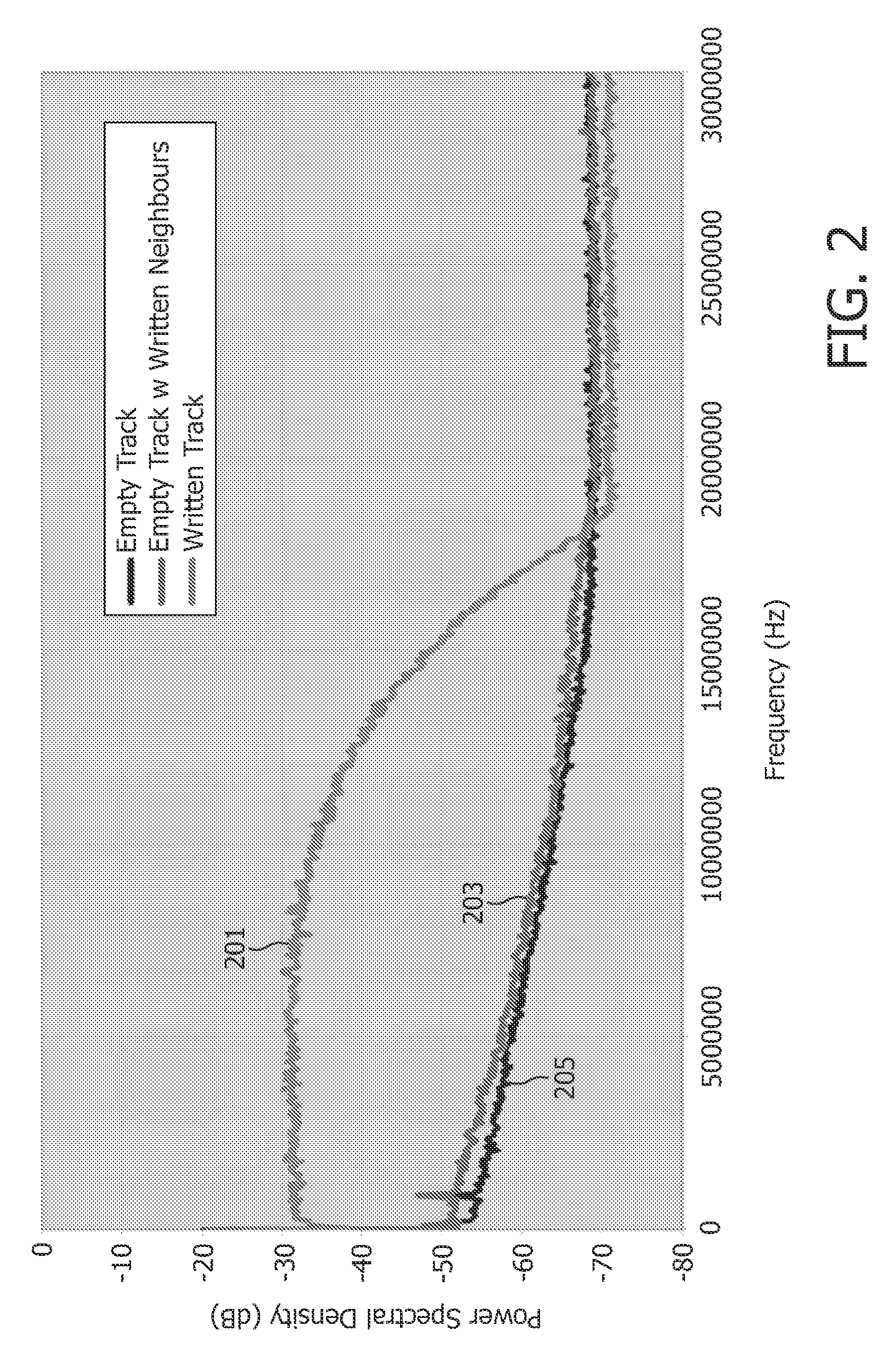Maximum likelihood sequence estimation decoding
a technology of sequence estimation and probability, applied in the direction of amplitude demodulation, digital signal error detection/correction, instruments, etc., can solve the problems of limiting an even wider acceptance of the algorithm, large processing power and computational resources, so as to achieve efficient interference reduction, reduce complexity, and high performance
- Summary
- Abstract
- Description
- Claims
- Application Information
AI Technical Summary
Benefits of technology
Problems solved by technology
Method used
Image
Examples
Embodiment Construction
[0041]The following description focuses on embodiments of the invention applicable to an optical disc reading system using a Maximum Likelihood Sequence Estimator for data detection. However, it will be appreciated that the invention is not limited to this application but may be applied to many other decoding systems including for example decoders for communication systems.
[0042]FIG. 1 illustrates an example of an optical disc reading apparatus in accordance with some embodiments of the invention.
[0043]In the example, an optical disc data reader 101 reads data from an optical disc 103. The data stored on the optical disc 101 is RLL (Run Length Limited) coded. The data samples read from the optical disc are fed from the optical disc data reader 101 to a Maximum Likelihood Sequence Estimator which specifically is a Viterbi bit detector 105. The Viterbi bit detector 105 uses at the Viterbi algorithm to determine the data values which are read from the optical disc 103. The detected dat...
PUM
 Login to View More
Login to View More Abstract
Description
Claims
Application Information
 Login to View More
Login to View More - R&D
- Intellectual Property
- Life Sciences
- Materials
- Tech Scout
- Unparalleled Data Quality
- Higher Quality Content
- 60% Fewer Hallucinations
Browse by: Latest US Patents, China's latest patents, Technical Efficacy Thesaurus, Application Domain, Technology Topic, Popular Technical Reports.
© 2025 PatSnap. All rights reserved.Legal|Privacy policy|Modern Slavery Act Transparency Statement|Sitemap|About US| Contact US: help@patsnap.com



